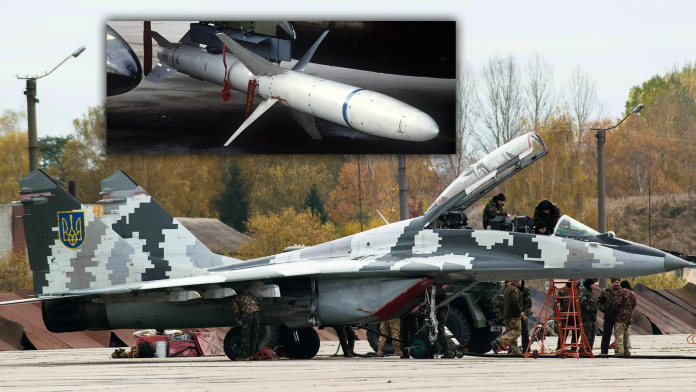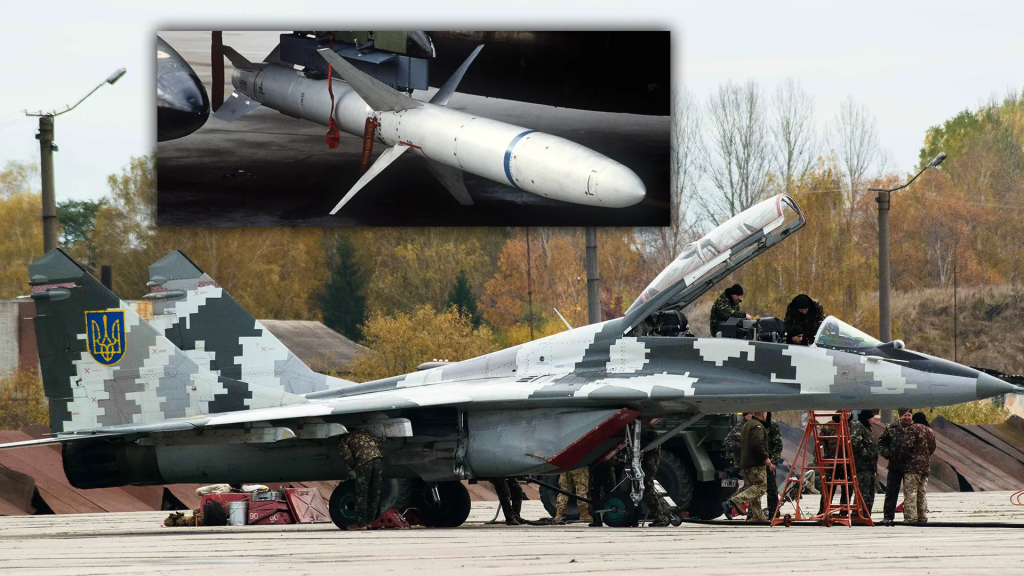
It started with a photo a Ukrainian MiG-29, its wing bearing an unidentifiable, winged payload. Within several hours, the photo had pinged its way through defense communities, fueling rumors that Kyiv had stealthily developed one of its most ambitious weapon programs. For a nation embroiled in a grueling air war, the emergence of an indigenous precision glide bomb would represent a turning point.
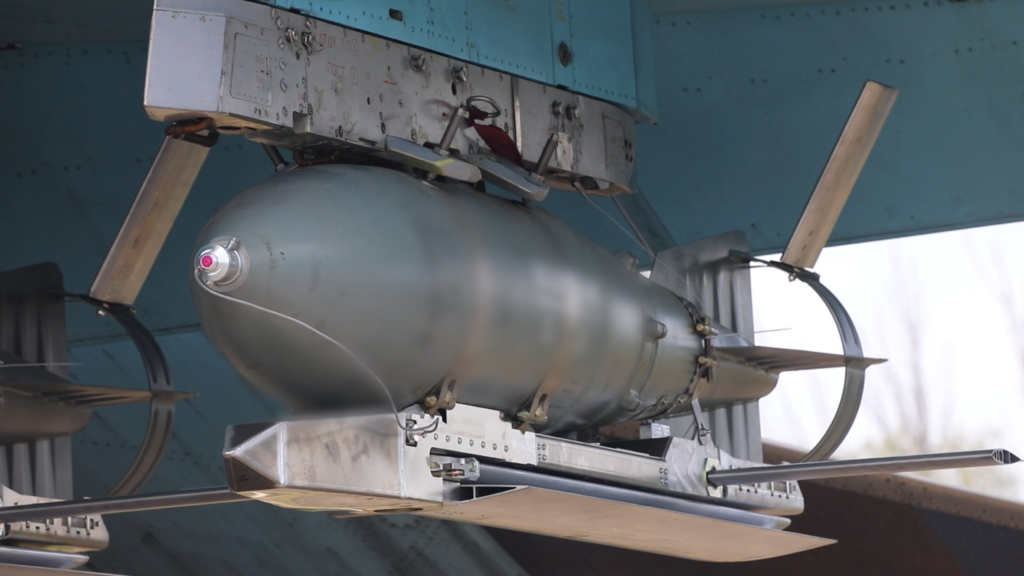
Russia’s UMPK kits have pounded Ukrainian forces from outside the effective range of most air defenses in the last two years. Ukraine now seems to be deploying its own solution: a home-developed conversion kit that converts Soviet-era “dumb” bombs into standoff, precision-guided strike weapons with long ranges. Built under severe budgetary limitations and urgency of wartime, this system might help bridge the growing gap between Ukraine’s tactical requirements and the limited availability of Western standoff munitions.
Here follows an analysis of the most informative facts ranging from lineage of design to battlefield implications regarding Ukraine’s new glide bomb capability.
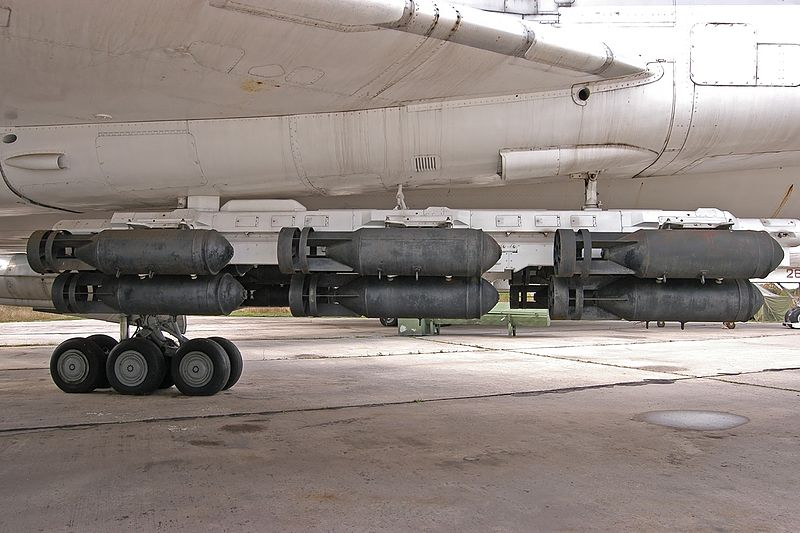
1. Reverse-Engineering the Enemy’s Advantage
The Ukrainian kit’s superficial resemblance to Russia’s UMPK is no coincidence. Medoid Design Bureau engineers chose to mirror the Russian form factor intentionally in order to speed development and reduce production complexity. As Defense Express had previously reported, the system is fitted to a standard 500-kilogram bomb and unfolds wings upon release, similar to the Russian version. But inside, it is another machine with domestically developed navigation and control modules, and intentions to integrate French-produced technology to make it resistant to jamming. This applied borrowing of an established aerodynamic configuration enables Ukraine to skip years of design effort and adapt the internals to its own operational requirements.

2. Converting Stockpiles Into Standoff Weapons
Ukraine’s air force maintains tens of thousands of Soviet-era FAB-series bombs, many sitting idle in warehouses. The new Universal Gliding and Correction Module (UMPK) can be mounted on these unguided bombs, converting them into precision weapons. This strategy emulates the thinking of the U.S. JDAM-ER: retool existing bombs instead of constructing new ones from the ground up. The Ukrainian kit, Medoid reports, increases the range of a FAB-500 to 60 kilometers, aiming for 80 and as much as 100 kilometers when delivered from high altitude. That range enables strike aircraft to stay beyond the most deadly Russian air defense areas.
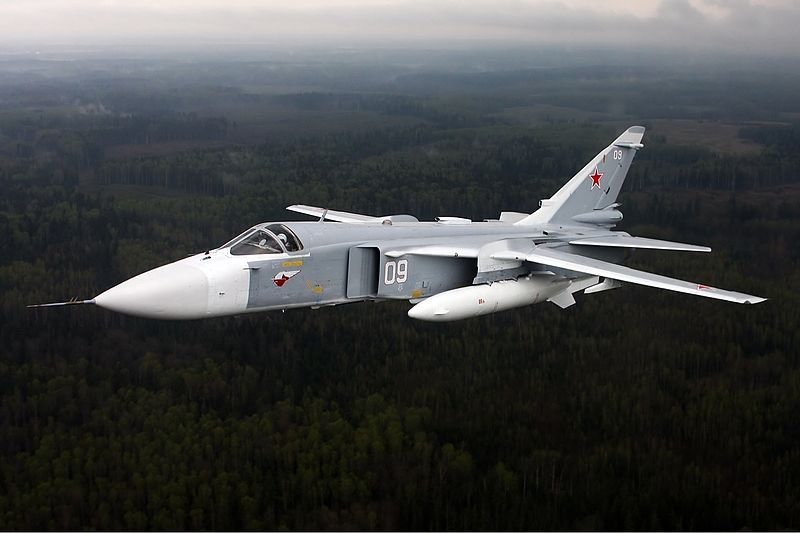
3. Range and Precision Targets
Su-24 bomber first tests have already indicated a 60-kilometer strike range, as reported by several Ukrainian media outlets. Developers seek to achieve or surpass the maximum reach of the Russian UMPK, approximately 44 miles, and enhance precision. Oleh Vostrykh of Medoid informed Defense Express that the wings are installed in minutes, and that the guidance system is conceived in Ukraine. Development is under way to add sophisticated anti-jamming capabilities, essential in a battlefield where Russian electronic warfare regularly interferes with satellite navigation signals.
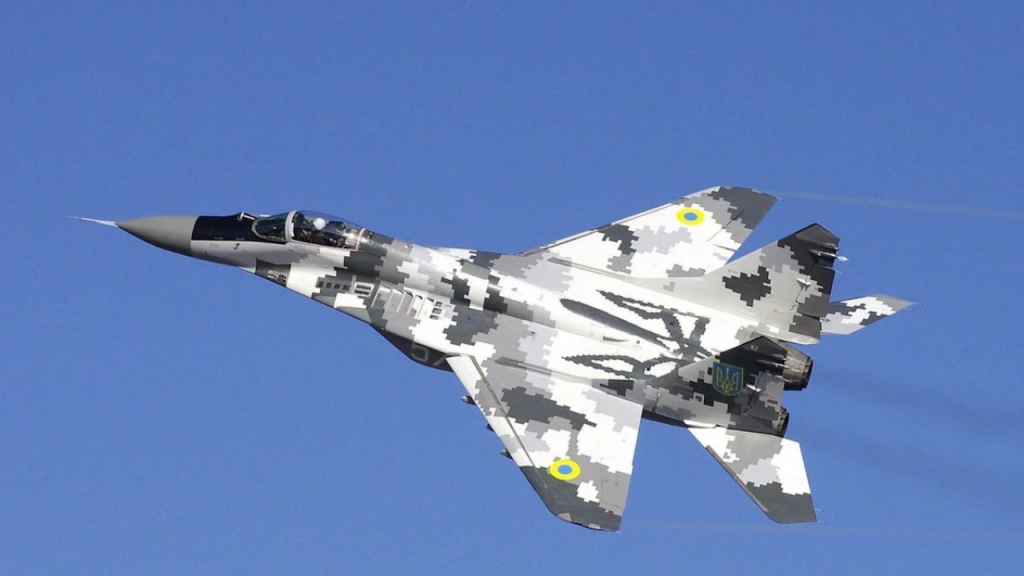
4. Cost and Production Issues
The estimated unit price of the Ukrainian kit around $25,000 is a small fraction of Western equivalents, which makes it ideal for mass production. However, as Vostrykh admitted, “money is the key limiting factor” for finishing development. The project has not yet received any state funding, but has counted on private investment and donations from the ground. Every airborne test exhausts a prototype, contributing to costs. Sustained funding is needed if upscaling to the Ukrainian Air Force’s claimed requirement of at least 100 standoff munitions per day will be possible.
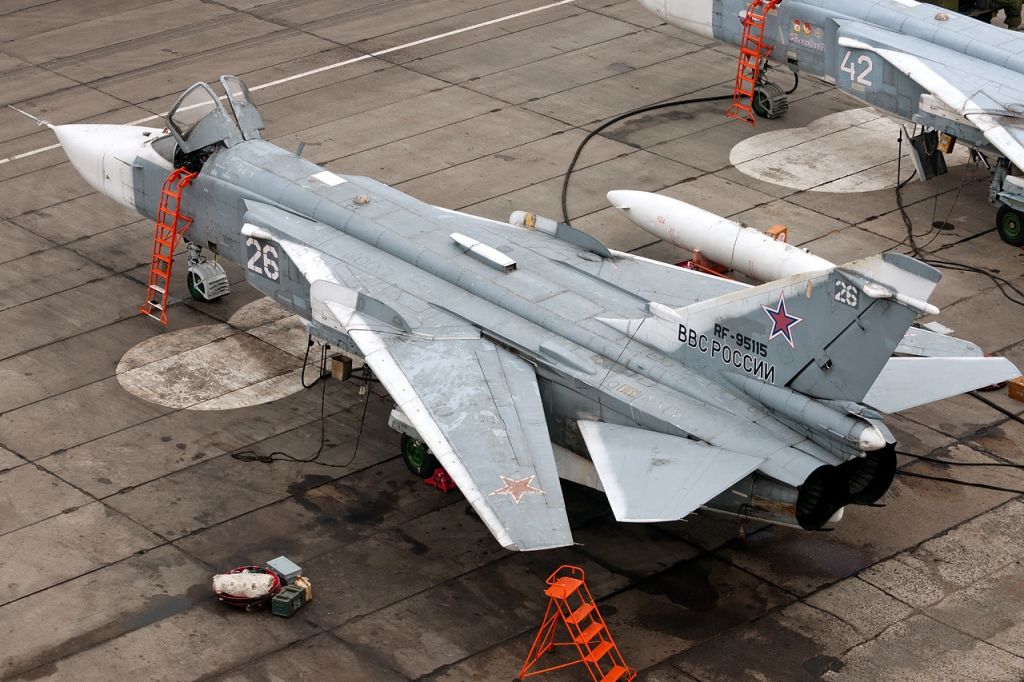
5. Integration Across Multiple Aircraft
Although the initial tests employed Su-24M bombers, the appearance in recent times of the MiG-29 carrying the kit indicates wider integration. The MiG-29 forms the backbone of Ukraine’s fighter force and the most rational platform upon which the missile should be carried. Experts say that compatibility with F-16s and Mirage 2000s supplied by the West and Su-25 attack planes may come next, further broadening deployment opportunities. Flexibility is crucial with Ukraine having only a few functional aircraft and strike capability needing to be spread throughout the fleet.
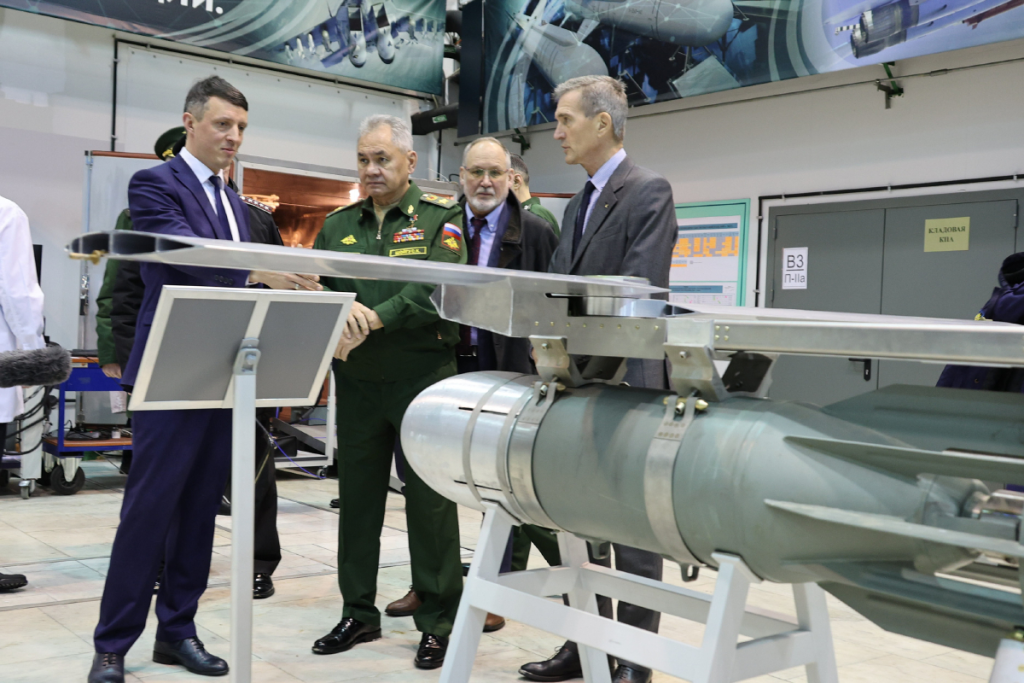
6. Tactical and Strategic Impact
Russian UMPKs have turned out to be “practically impossible to shoot down,” as noted by Ukrainian Air Force communications in 2023, compelling Kyiv to innovate. A homegrown counterpart provides several benefits: it lessens dependence on limited Western rounds, facilitates more regular precision attacks, and can soak up Russian air defense assets. By launching from beyond areas with high threats, Ukrainian pilots are able to save aircraft while still striking defended positions, bridges, or hubs of logistics. Its low price also allows it to be used in quantity, maintaining pressure against Russian positions.
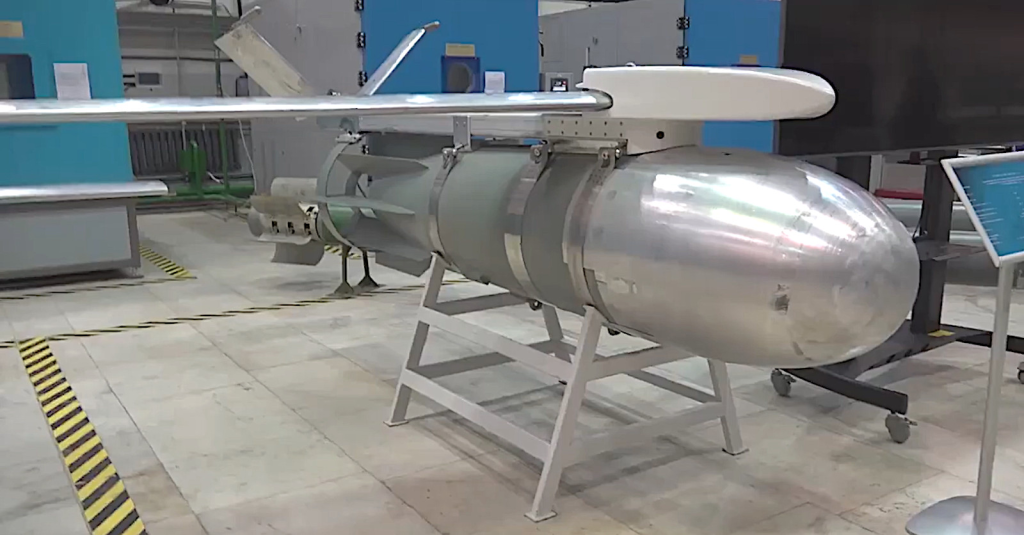
7. Lessons from the Russian Precedent
The development of the Russian UMPK provides a model and a warning. Although it provided Moscow with an inexpensive standoff strike capability, early models lacked accuracy and had high rates of failure. Russian forces developed better guidance and incorporated larger bomb bodies over time, adding destructive capability. Ukraine’s engineers have the advantage of learning from these iterations and the battlefield impact to improve their own design from the beginning. As Medoid asserts, their product is “a totally new model…with highly developed navigation and radio gear,” seeking to get around the flaws of its Russian equivalent.
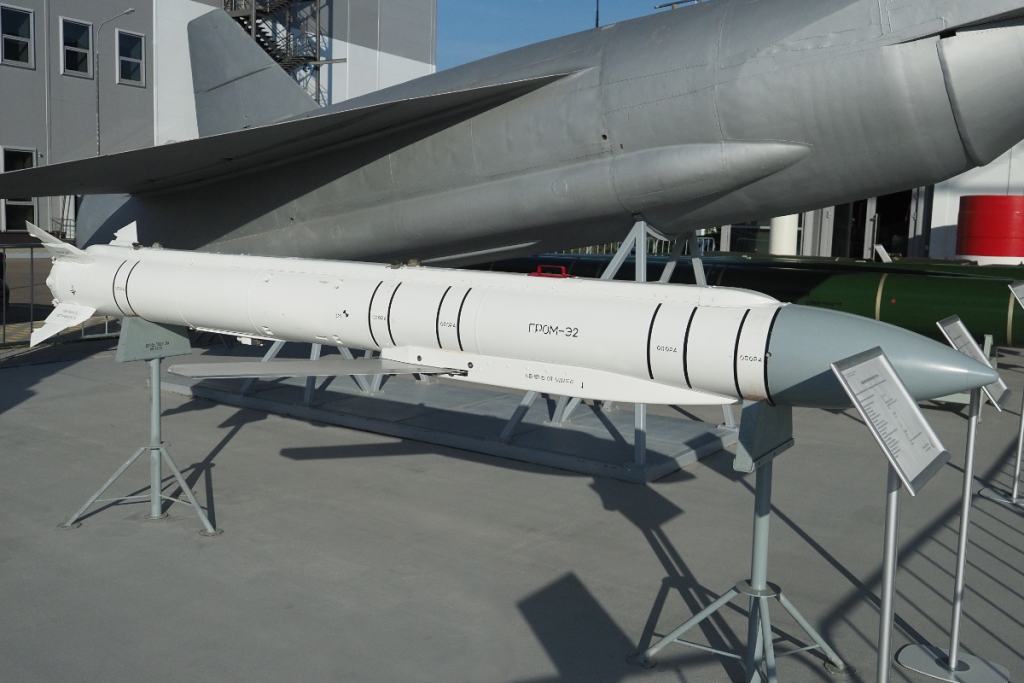
Ukraine’s glide bomb development remains in the testing phase, but its direction is evident. By marrying reverse-engineered aerodynamics to local electronics, Kyiv is designing a weapon for its war of attrition cheap, versatile, and able to strike from outside the enemy’s reach. Whether it can be mass-produced will owe less to engineering than economics. In a conflict where every kilometer of standoff range can mean the survival of a pilot and their aircraft, that may prove to be the decisive factor.
